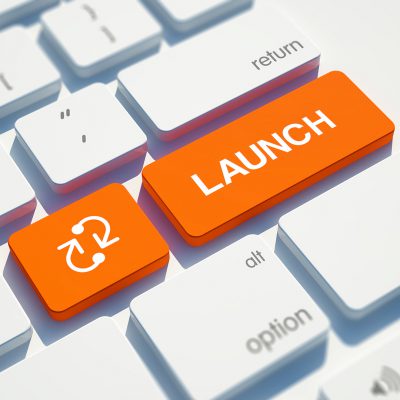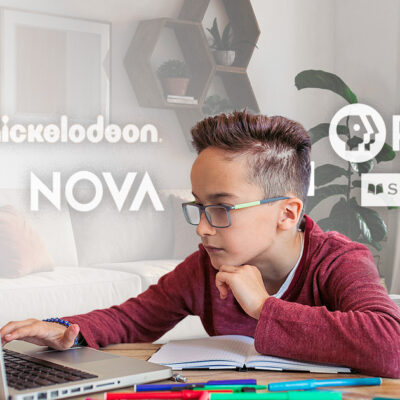We look a little different. Here’s Why
Marketing a better healthcare experience for caregivers.
Most people agree that getting quality healthcare continues to be one of the most frustrating experiences in contemporary life. When asked, only about 50% of consumers say they are satisfied with the healthcare they receive—acknowledging that “satisfaction” is a relative and personal metric. That said, if only half of our agency’s clients were satisfied with our work, we venture to guess we wouldn’t be in business. And despite all the technology—the advent of the electronic health record (EHR) and telemedicine and copious amounts of information offered on the internet—healthcare is as confounding now as ever. Providers from doctors’ offices to tertiary hospitals, seem to have lost their way, and despite proclamations of “patients are at the center of what we do,” obstacles such as staffing shortages and burnout, rising costs and greater out-of-pockets, and insurance debacles are making an already bad situation worse. (Sidebar: This isn’t to suggest that all providers are a mess. Jigsaw happens to work with two specialty hospitals whose physicians and staff profoundly “get it” when it comes to patient care.)
What’s the remedy?
How about fundamental marketing—you know, understanding consumers’ needs and then aligning programs, professionals and information to meet them. But unlike other service industries, where the customers’ needs are clearer and the transaction of service linear, healthcare is different. Audience physiologies are different by gender, ethnicity, life stage and genealogy. And though these physiological and demographic differences suggest varying needs and expectations of the experience, perhaps a better approach is to uncover the psychographics that unite. Perhaps common emotions supersede all else.
A research revelation
Several years ago, I was working for a healthcare client that was opening a new facility—a combined hospital and outpatient center—and wanted to know what the community was looking for relative to services and amenities. To learn more, we conducted focus groups with healthcare decision makers—women 25-54 who do the bulk of the legwork when it comes to care for their family. This was a straightforward assignment that most marketers in healthcare have done ad nauseum. While the women in the groups were sharing opinions and war stories, an unexpected insight became apparent that was repeated in every subsequent group. The insight is what I termed the “healthcare tipping point.” Many of the women talked about the transactional elements of healthcare, things such as online scheduling, walk-in care, telemedicine, drive-through prescriptions, etc.—systems that expedite care. It became clear that these women had healthy families and hadn’t encountered a serious healthcare episode and the tools created to expedite care benefited them, the household caregiver, as much or more than the patient. They weren’t looking for high touch as much as efficiency. But for another group of women—those who have been through a life-altering healthcare event—needs and expectations were vastly different. The “healthcare tipping point” is the point at which healthcare becomes overwhelming. Consequently, this group needed more understanding, more face time, more empathy, just more. Speed and efficiency took a back seat. Though the tipping point is somewhat driven by life stage—demographics were less an indicator of those who have reached their tipping point. Moreover, the elements of care that benefit a patient with something like a chronic condition or autoimmune disease don’t necessarily benefit the caregiver. Providers have lost sight of taking care of those who care for others. I believe this is where the opportunity lies.
Better healthcare for caregivers
What would a better experience look like for the family caregiver?
- Aligning programs, professionals and information around the caregiver as well as the patient.
- True integration. Having a full complement of services isn’t enough. Providers need to coordinate care so that each encounter is additive, not simply sequential.
- One point person as a go-to for information and assistance. This has been done effectively with navigators in cancer care. Why not extend this concept to other chronic conditions?
- Better sharing of information among providers. The EHR could be a great tool if used by all providers to its fullest extent.
- Make the household caregiver a part of the clinical team. In truth, they are an extension of the team as soon as the patient walks out of the provider’s door.
These suggestions are only the tip of the iceberg. Solving the challenges of the caregivers would go a long way to making healthcare far more effective, responsive—and from a marketing perspective—differentiated.
Looking for insights that can help you create differentiation in your category? Reach out to Jigsaw. We’re always up for solving a difficult marketing challenge.


